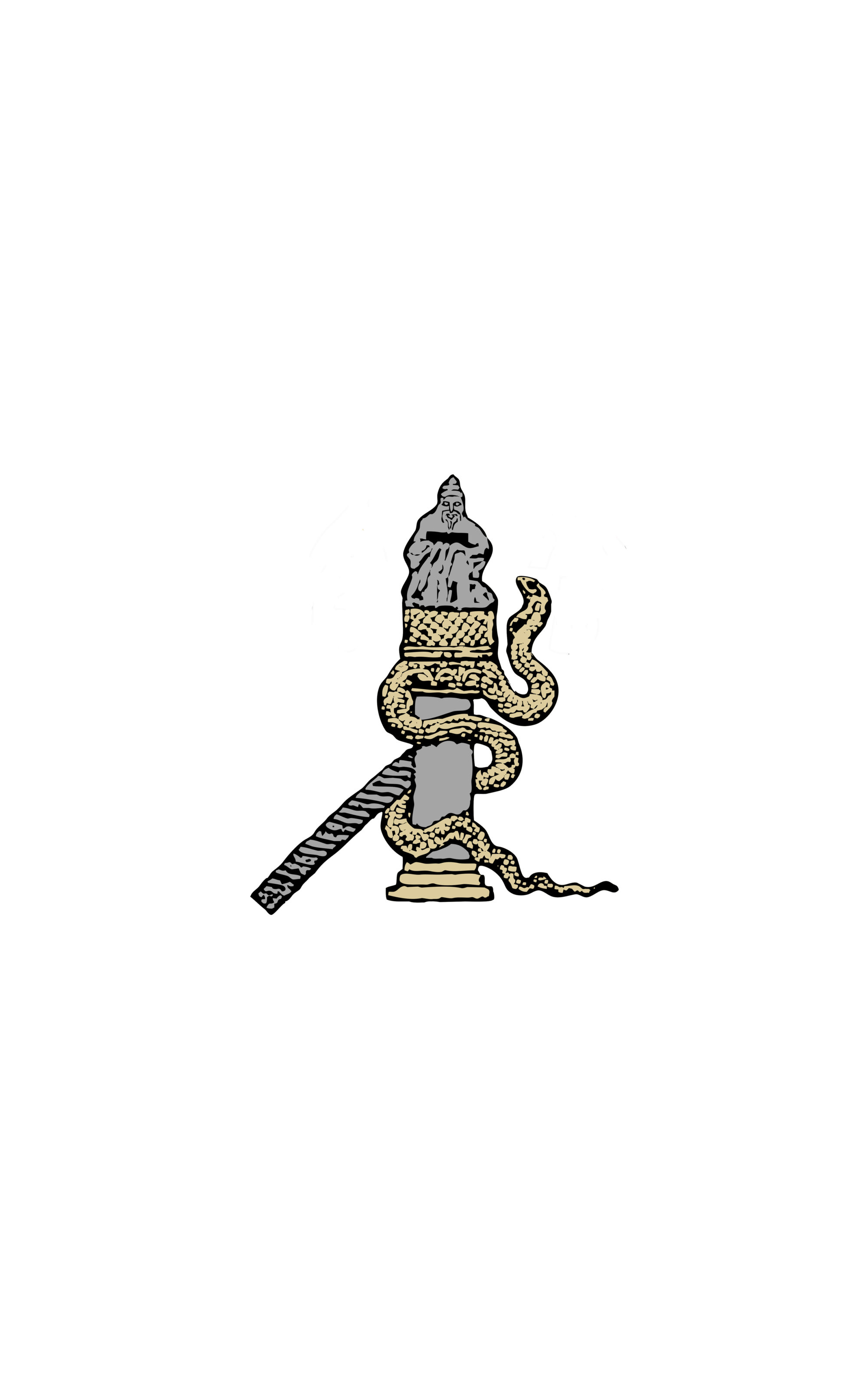The energetics of construction in the 13th century : comparing Seljuk, Byzantine, and Kipchak building cultures.
Jordan Pickett, Université de Pennsylvanie
Drawing on decades of formal architectural survey and analysis, much recent scholarship has been directed towards an understanding of the materials and techniques employed by medieval been masons and architects to create monumental architecture. But how did the investments of contemporary, neighboring cultures in medieval architecture differ? That is, if medieval buildings are understood to represent the energy invested in their creation, how did genres of architecture draw on the material and social resources of patron-cultures, and how did building forms shape societal composition by stimulating different sectors of laborers and specialists? If building cultures and techniques are inherently conservative in pre-industrial cultures, can conservative buildings speak to deep shifts in the societies that built them? The study proposed herein for presentation at the Rencontres annuelles internationales des doctorants en études byzantines adopts an « energetic » approach to these questions. Energetics is a method developed by archaeologists working in Mesoamerica but little practiced in the Mediterranean, which seeks to « quantify buildings or building episodes … in terms of human time-labor costs, » in order to assess the « degrees of variation in statuses and the differential access to basic resources » in construction processes (E. Abrams, “Architecture and energy: an evolutionary perspective” in Archaeological Method and Theory 1, 1989, 48.). Energetics encourages us to radically localize and historicize construction, in order to bring historical building techniques and materials into conversation with larger issues in archaeology and history. By adducing newly – generated digital models and labor values for a series of 13th century monuments – the Seljuk Ağzikara Caravansaray in Cappadocia; the Chungul Kurgan, a Kipchak prince’s burial mound on the Ukraine steppe; and the south church of Fenari Isa or Constantine Lips in Byzantine Constantinople – the proposed study examines the unique positions and consequences of monumental architecture in neighboring cultures and landscapes during the same time period.

